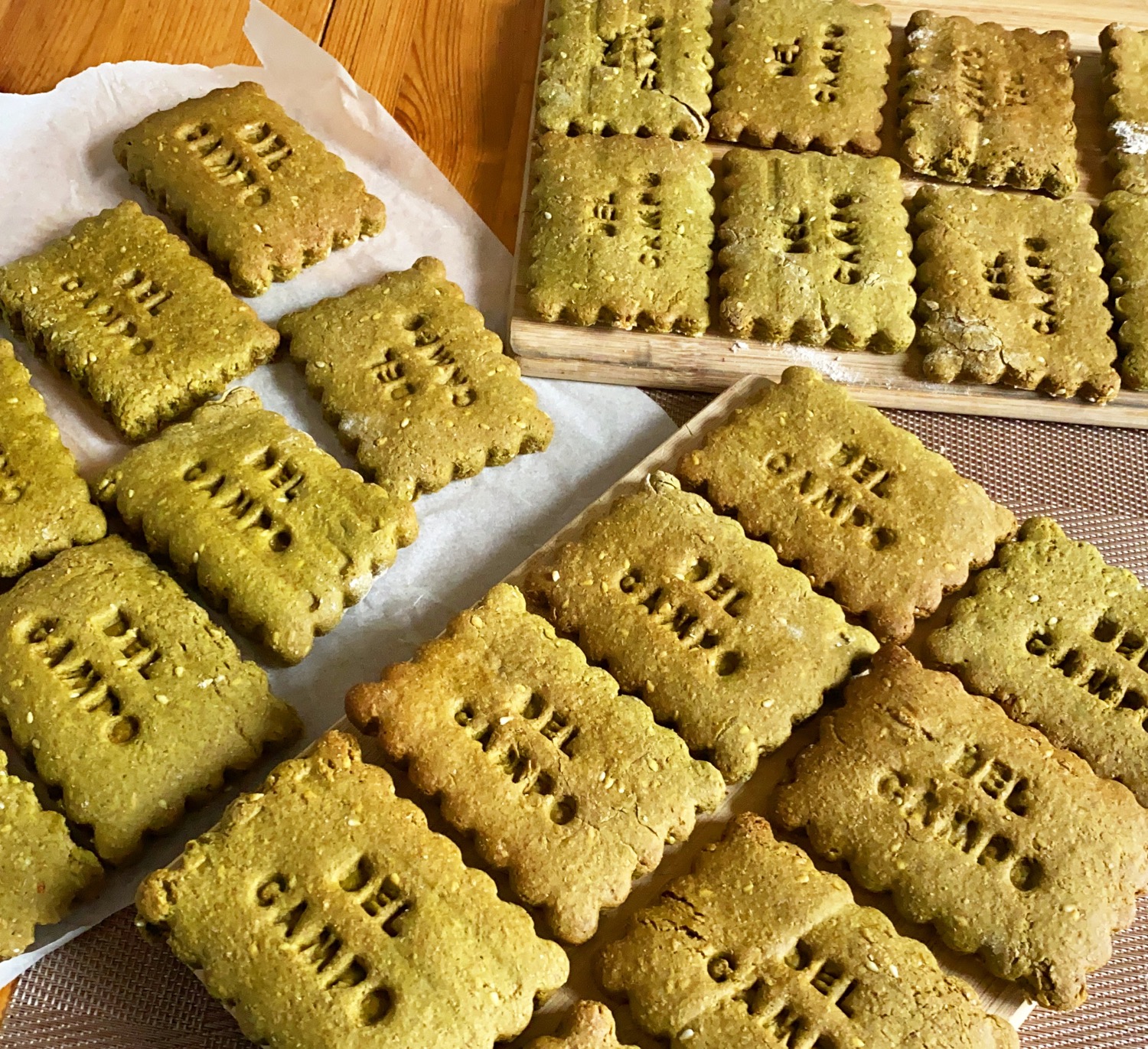Introducing Dogs and Babies
- sczechowicz

- Apr 28, 2021
- 4 min read
Sometimes, a new puppy and a new baby arrive at exactly the same time. This can mean that pup and baby alike grow up together, becoming the best of friends.
More often than not, however, the dog is already established and comfortable in the house when a new baby arrives. This can be somewhat worrying for the parents – how will your dog react to the baby? Will it be safe? Is there anything you can do to prepare?
Introducing dogs and babies can be broken into two sections: preparation and introduction.
Preparation
There are many things that you could (and should) do before the new baby arrives. You’ll likely have at least several months to prepare for the arrival of your baby, and you can take that time to get your dog ready, too.
There are five main areas to consider, and you may think of other details to consider as well.
Smells
Dogs are very sensitive to smell, and the familiar scent of their home is something that will change when a baby arrives. Things like baby powder, nappies, shampoos, milk, and other paraphernalia could be introduced early on, so that you dog can get used to them.
This can also be a good time to teach your dog the difference between their toys and the baby’s!
Sounds
Babies are noisy, and if your dog is used to a quiet, peaceful home, the new sounds may upset them. Try playing recordings of baby noises, such as crying, gurgling, and so on. Play the noises quietly for short periods of time and see how your dog reacts. The goal is to get your dog used to these noises before the baby arrives.
Contact
This is something that will become very important as your baby gets older. Your dog may be perfectly happy with touching and human contact, but some dogs get overwhelmed or overexcited with too much contact.
Toddlers love stroking dogs, and they can be rough and clumsy as they learn to properly handle animals. If your dog is likely to get distressed by too much attention, you may want to try some extra training or calming exercises before the baby arrives. Remember, you may not have time to give your dog this training after the baby is born. Calming Treats are also very useful in these situations as its a positive reinforcement as well as helps to relax them.

Personal Space and Items
We’ve already briefly touched on the importance of teaching your dog the difference between their own toys and the baby’s (the two can be easily mixed up!), but it’s also important that your dog have their own space and their own items.
Your dog should be able to have their own space to rest, play, and eat. The latter is especially important; some dogs can get possessive over their food, and a curious toddler may not understand this. Your dog deserves personal space too. If possible, have this space somewhere that a wandering toddler can’t invade.
Practicalities
You might already notice a few details that haven’t been mentioned here. For example, if your dog has a tendency to pull on the lead when out for walks, you’ll likely struggle to manage a pushchair or buggy as well as wrestling with an excited dog.
Especially if you have a large or strong dog, this is something you should consider. Never tie a dog’s lead to the pushchair. Even well-behaved dogs may suddenly lunge if something catches their eye.
You might want to give your dog a refresher course on basic training. You might not mind your dog jumping up, but it may be a different story with a baby in your arms, or a young toddler.
Introduction
Now that you’ve done all you can to prepare, it’s time to introduce the dog and your new baby.
Choose a Quiet Setting
Even a well-behaved dog may become excited at the sight of a new baby. If possible, introduce the two when your dog is tired after exercise. Introduce your dog and baby in a quiet setting, ideally in a more neutral area of the house.
You should hold your baby in your arms for the first introduction. When your dog behaves the way you want, praise them.
Supervision
You must always supervise your dog and baby when they are together. You may trust your dog, but it’s always wise to be careful. Installing baby gates can help keep baby and dog apart.
Especially as your baby grows, you want your dog to have their own space and not to be continually pestered by a toddler – this can make your dog irritable.
Hygiene
It’s important that your dog is regularly treated for fleas and worms - Thackerys favourite wormer is Panecur. Panecur kills parasites as well that they can pick up from dirty water. Good hygiene practises, such as not leaving dirty nappies where your dog can get them, are also very important. Leaving these items around could encourage your dog to mess on the floor.
Perhaps up till now you’ve had well-meaning friends and relatives tell you that if you have a baby on the way, you’ll need to get rid of your dog.
That’s a horrible idea. You love your pet, and the idea of getting rid of a part of your family is upsetting – and unnecessary.
While you do need to take precautions and be vigilant, there’s no reason why a dog and a baby can’t happily live together in one house as a family.




Comments